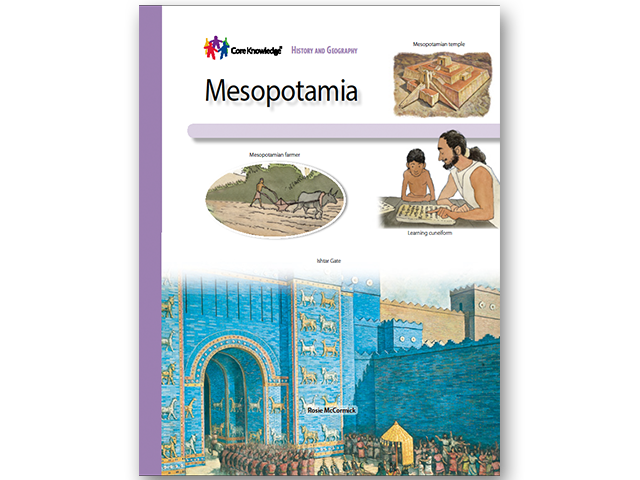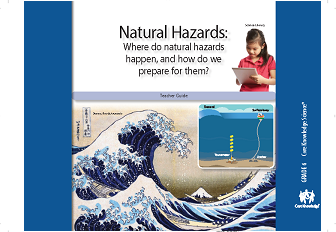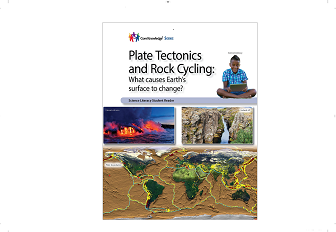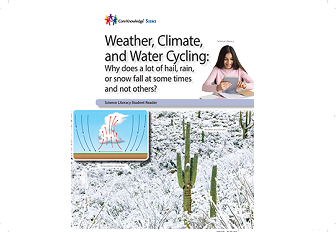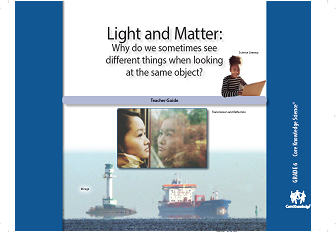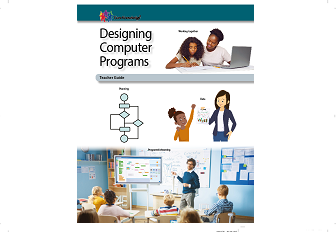About This Lesson
Core Knowledge History and Geography series begins its explorations of ancient civilizations with Mesopotamia, "the cradle of civilization," which developed in the land between the Tigris and Euphrates Rivers, land that mostly belongs to Iraq and Syria today, We begin our study with Mesopotamia as many of the ideas that still permeate our western society started there.
The unit begins with the hunter-gatherers who first populated the area, and follows as they developed agricultural methods that enabled them to feed the population. Greater reliance on agriculture then enabled other occupations to evolve, and slowly people began living in towns and cities, social centers which were crucial to building what was one of the world’s oldest civilizations.
Students will study the development of writing, and the laws and traditions of Mesopotamia. They will learn about King Hammurabi’s written laws, as well as about city life and the gods, goddesses, and temples of this ancient Middle Eastern civilization.
The unit contains a colorfully illustrated Student Book, to be read aloud, and a Teacher Guide. The Teacher Guide includes background knowledge for the teacher, vocabulary terms, and suggestions for additional activities including maps and a look into the physical geography of the area, as well as an assessment section. It also includes a "Passport" with images to cut out and paste, which serves as a reminder of their "travels" in Mesopotamia.





